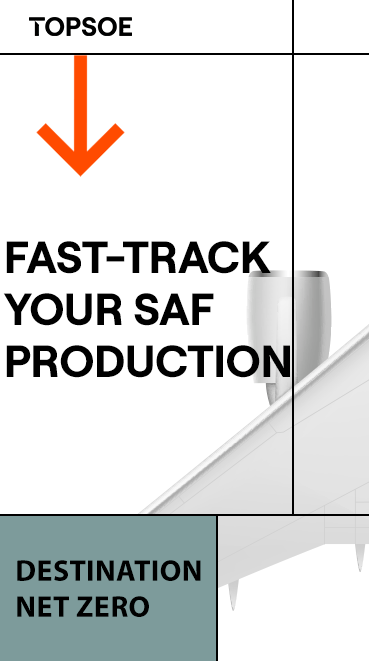IRFA commissions new study of economic impact on Midwest in meeting SAF Grand Challenge
- The Iowa Renewable Fuels Association
- Jan 12, 2024
- 2 min read

Decision Innovation Solutions released Jan. 11 a study of the economic impact on the Midwest if the U.S. federal government’s Sustainable Aviation Fuel Grand Challenge goal of 35 billion gallons per year was met by 2050.
Iowa Renewable Fuels Association commissioned DIS to conduct the study.
“The study does not attempt to judge the policies or incentives that would be necessary to achieve the goal, but rather to outline what the Midwest has to gain if the challenge was fulfilled,” IRFA stated.
The Midwest stands to benefit greatly as two of the most likely SAF feedstocks would be soybean oil and corn ethanol.
In order to reach the 35-billion-gallon goal, the study found that 63 new 200-million-gallon-per-year ethanol plants, 30 new ethanol-to-jet SAF production facilities and six new oils/fats SAF production facilities would need to be built.
DIS report author David Miller concluded that “SAF production provides a substantial opportunity for Midwestern states, Midwestern farmers, and Midwestern renewable fuel producers to prosper in the coming years if the SAF Grand Challenge comes to fruition and the Midwestern states take steps to be active participants in making the roadmap come to life. The pathway that DIS estimates most likely to be realized has [oils/fats]-based SAF and ethanol-to-jet (ETJ) being the two most prominent pathways for SAF production at least for the next 20 years.”
In addition to a huge economic jolt from the construction of the new SAF infrastructure, ongoing operations would:
Boost employment by 224,440 jobs
Increase labor income by $9.3 billion
Add $427 million to farm revenues in ethanol plant basis premiums alone
Raise farm income by $11,670 for a typical 1,000-acre farm split 50/50 between corn and soybeans
With corn production outpacing demand, corn farmers would face an extended period of overproduction without the new SAF market, resulting in:
Reducing corn acreage 68 million acres by 2050
Slashing of farm revenues by nearly $10 billion per year
Cutting farm income by $60,240 for a typical 1,000-acre farm split 50/50 between corn and soybeans
“[T]his potential cannot be fully realized without carbon capture and sequestration (CCS) for ethanol,” Miller said. “And, without the potential new use for corn for ETJ SAF, the U.S. corn supply is and will continue to grow at a pace that outstrips demand. Either stocks will build and prices will decline or a significant amount of corn acreage will need to be pulled out of production. Time is of the essence and the clock is ticking.”
Access the full study here.






















-RKstandin.jpg)
_gif.gif)




